Galleries pop up in south Florida
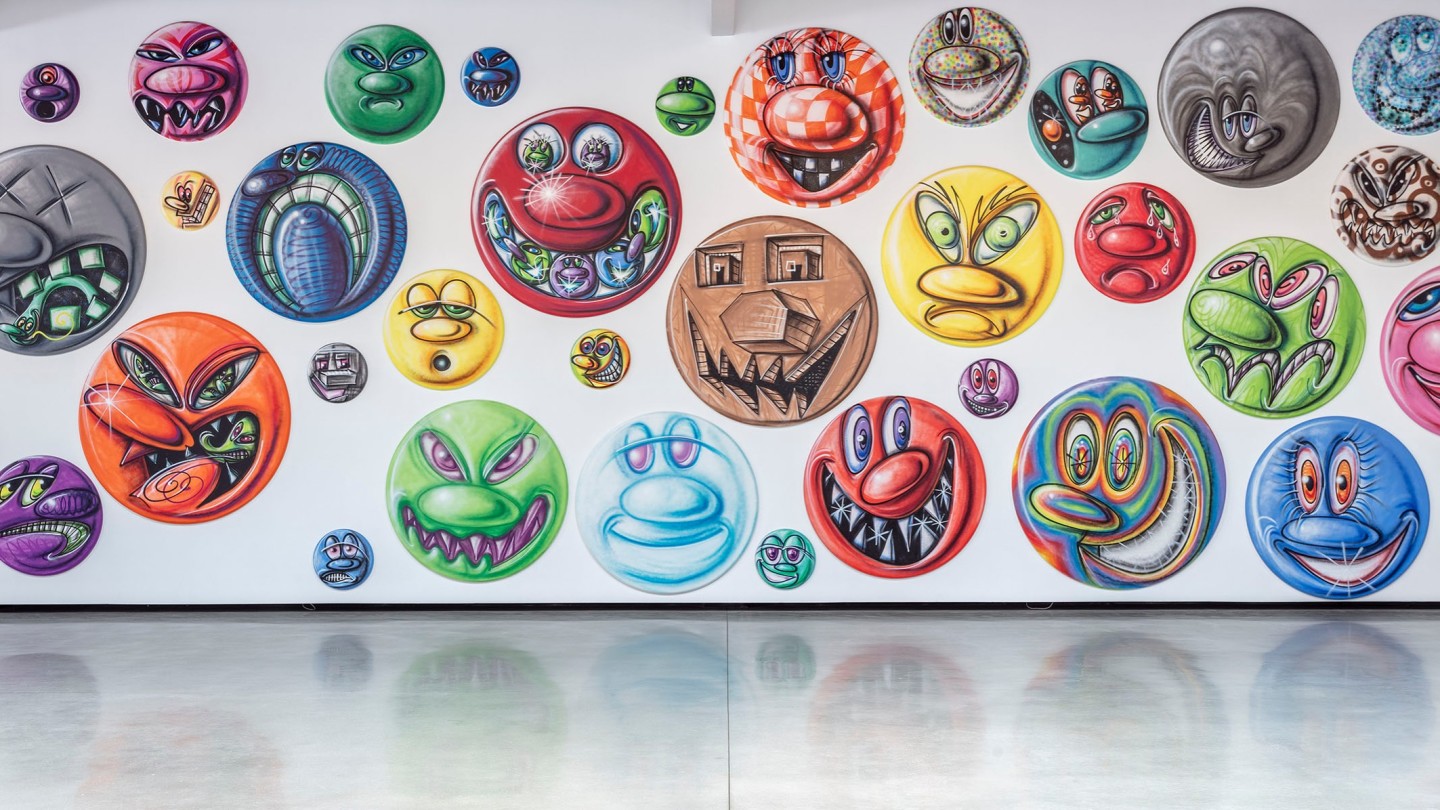
Roula Khalaf, Editor of the FT, selects her favourite stories in this weekly newsletter.
The private airports and executive terminals around Miami Beach will be noticeably quieter this year. Hundreds of private jets hired by wealthy collectors usually descend on South Florida for Art Basel Miami Beach but the fair, like many other events in the art calendar, has been called off this year in the wake of the coronavirus crisis.
However, the art world is far from shutting down this winter in the Sunshine State. Crucially, a number of established galleries are setting up shop in Miami’s Design District, a hub this winter for seasonal pop-ups. “We’ve decided that if collectors can’t come to the art, the art has to come to people who can be outdoors and visit galleries in real life,” says Dominique Lévy, co-founder of Lévy Gorvy gallery.
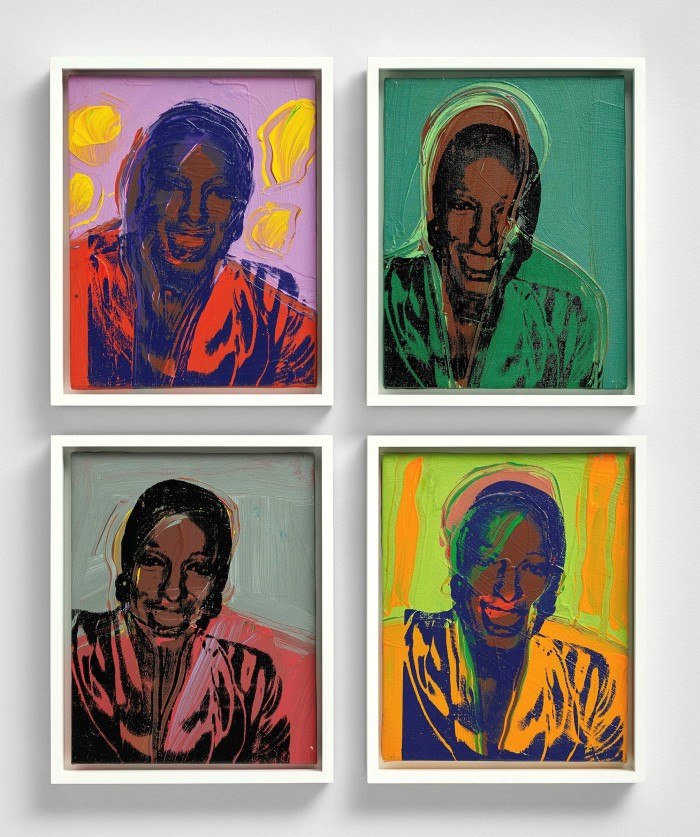
Lévy Gorvy has teamed up with Salon 94 Design gallery from New York, collaborating on a classical Salon-like presentation housed within a classic Art Deco building. “The whole space, designed by Gabriel Chipperfield, is like a theatre set. Jeanne Greenberg Rohatyn, owner of Salon 94, is bringing design pieces by Rashid Johnson and Liz Swig, among others. We’re bringing works by artists such as Alexander Calder, Enrico Castellani, and Francesco Clemente. It’ll prompt the viewer to make unexpected associations,” says Lévy. Price points for Lévy Gorvy’s presentation range from $100,000 to $1m.
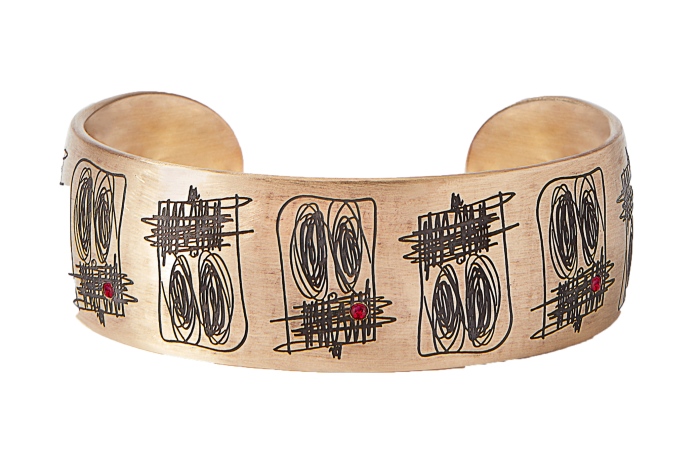
Lévy Gorvy will also participate in the online viewing rooms (OVRs) on the Art Basel Miami Beach platform this week. “We’ve decided we’ll do OVR: Miami Beach to support Art Basel because it’s a difficult time. I don’t believe in the future of OVRs and so I’m putting more energy into these different pop-ups,” Lévy adds. “We’re doing this one in Miami, another in Palm Beach in January and another in Aspen next year. They’re all about creativity and taking risks.”
New York dealer Mitchell-Innes & Nash has also opened a temporary space in the Design District just down the street from the Institute of Contemporary Art (until January 2021), exhibiting works priced between $12,000 and $200,000. Its Miami roster includes artists such as Keltie Ferris and Sadie Benning. “Many people have opted to take advantage of remote working and leave the [US] northeast for the winter,” says Josephine Nash, the gallery’s director.
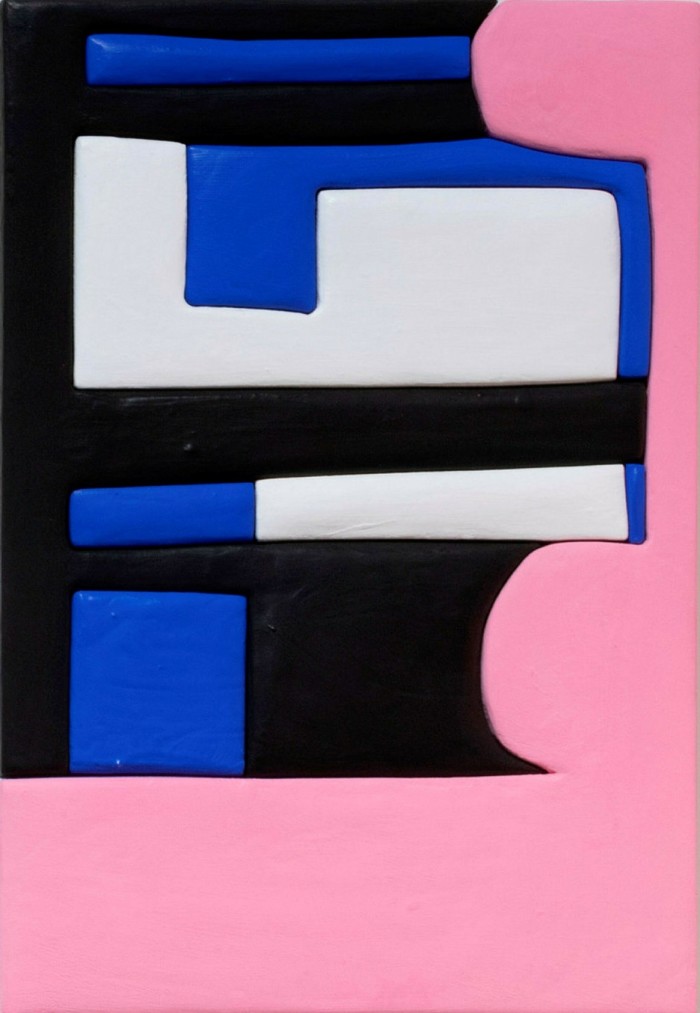
Dealer Jeffrey Deitch says he has been advising and working with collectors in Miami since 1980, and has planted a flag again in Florida with a show of 400 spray-painted faces by Kenny Scharf at 182 NE 39th Street in the Design District (November 27-December 31). Brooklyn-based Ramiken gallery is also opening a pop-up in the Design District, at 3930 NE 2nd Avenue (November 27-December 19)
But who will come while Covid-19 rages? The veteran art world figure also expects a number of collectors from New York, Chicago and other northern cities to relocate to Miami and Palm Beach for the winter season. “The Miami Design District has become very lively and its outdoor setting makes it safer than an enclosed mall. We expect a lot of traffic during the month of December,” Deitch says.
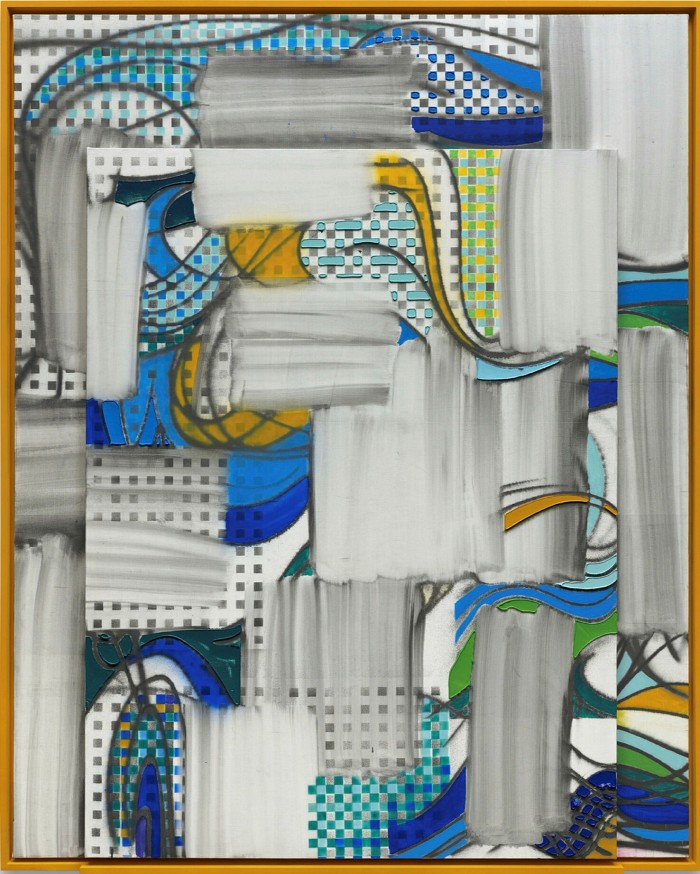
Developer Craig Robins, whose company Dacra is behind the transformation of the Design District, says this will not be a “normal” Art Week in Miami. “It’s obvious nobody will fly in from Europe but we’ll see the art and design lovers who have migrated here recently,” he says. Rents for the temporary gallery spaces are “very reasonable”, he insists.
Meanwhile, the 16th edition of the Design Miami fair (to December 6), which returns to its original home in the Moore Building, will be a centrepiece event. “Maybe Lévy Gorvy, Mitchell-Innes & Nash and Deitch are betting on the new version of Design Miami to bring people to the Design District,” says the Miami-based art adviser Lisa Austin, who argues that south Florida has turned into a bona fide 21st-century art destination.
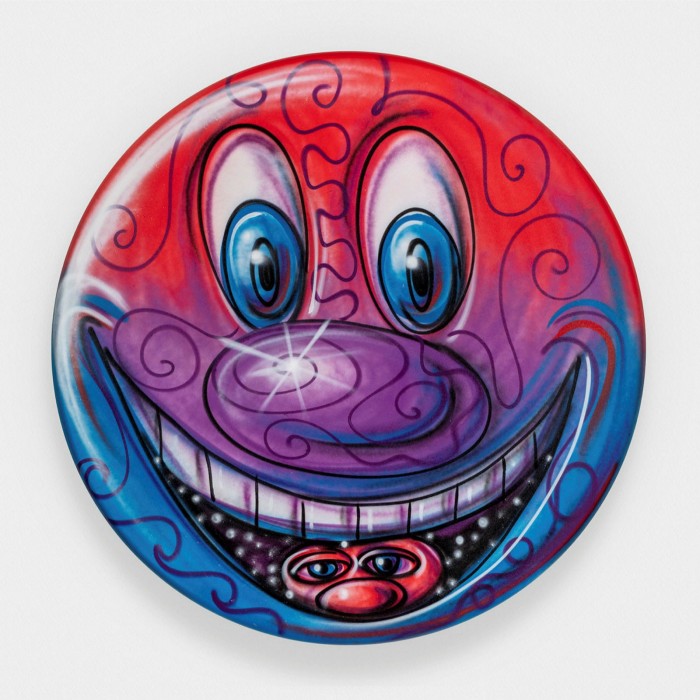
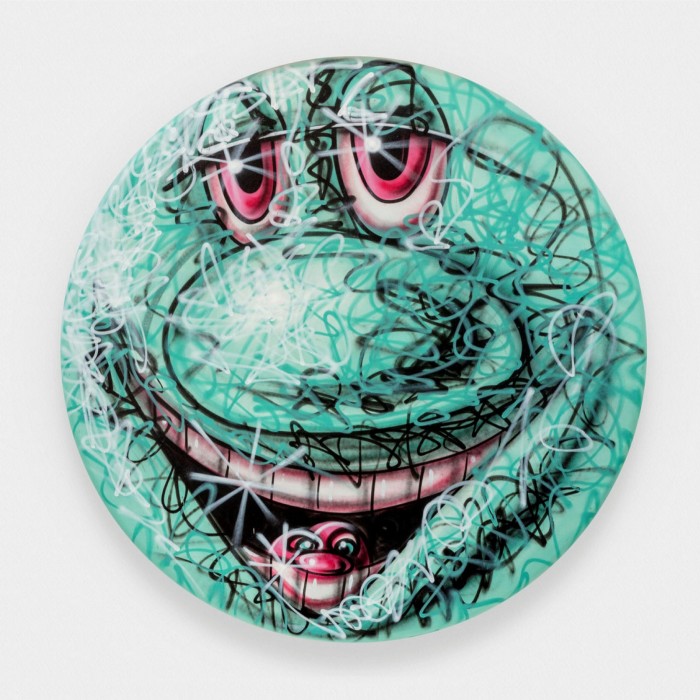
“I say south Florida because you have to add the recent and impressive influx of blue chip galleries to Palm Beach: Pace, Lehmann Maupin, Acquavella. I suspect there will be more coming, similar to the expansion of major blue chip New York galleries to the Hamptons. I’m sure it hasn’t been lost on the big galleries that during the pandemic, many of the major northern [US] collectors, like Ken Griffin, have been spending more time in Palm Beach,” Austin says.
Acquavella is at pains to point out that its Palm Beach venue within the 1950s Royal Poinciana Plaza will be the gallery’s first physical space outside of New York City in its 99-year history (its group exhibition Masterworks: From Cézanne to Thiebaud runs until December 18). Pace Gallery and Sotheby’s have also opened seasonal spaces in the lush plaza. It is no coincidence that Paula Cooper is also opening a temporary hub in December at 243 Worth Avenue, her first gallery outside of Manhattan after more than 50 years in business.
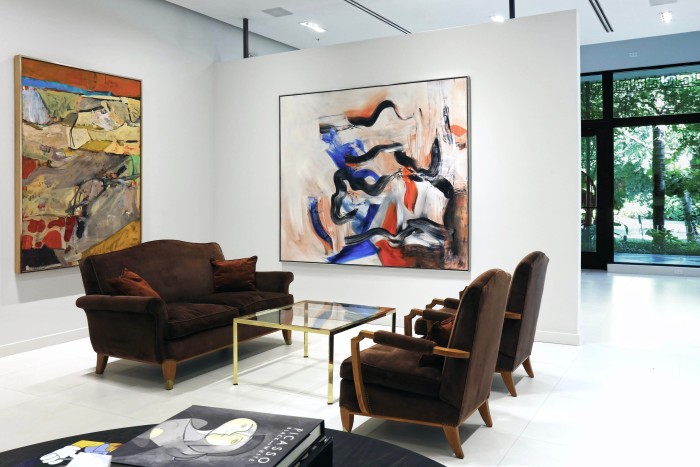
“With the colder weather, Covid-19 unabated and European borders closed to Americans, US collectors have migrated en masse to their Palm Beach residences, and with them, the blue-chip art dealers that depend on them,” writes Jacoba Urist in The Art Newspaper. Jessica Kreps, a partner at Lehmann Maupin, stresses in an online statement that the gallery has strong ties to prominent collectors in the area, including Beth Rudin DeWoody who was a “strong advocate” for its Palm Beach satellite.
Moving out to Palm Beach is clearly the latest diversion for the high-end art world. Nilani Trent, a New York-based art adviser, says: “My clients are committing to seasonal rentals in Palm Beach over Miami. Palm Beach is a smaller, more manageable city. For New Yorkers, there is a familiarity. It’s comforting to make an appointment at Lehmann Maupin and see works by Angel Otero and Teresita Fernández in person.”
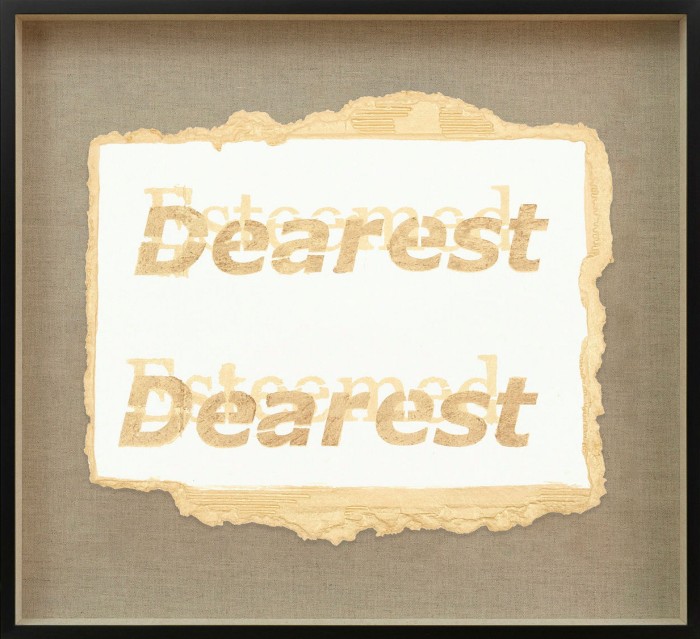
Miami-based collector Dennis Scholl says he intends to make the 65 mile-trip north to Palm Beach: “What Sotheby’s and the galleries are doing up there this season will cause me to pop up for a Saturday and check it out.” As president of the non-profit organisation Oolite Arts, he has overseen a number of initiatives in aid of Miami’s artists including a pop-up show called Materialize in an empty storefront on Lincoln Road (all proceeds from works sold will go to the participants).
With the art fair tap turned off this year, the city’s art community faces a different reality. Scholl gives a sobering reminder of how Art Basel Miami Beach keeps artists and freelancers in employment. “I would say that we are rallying as a community to keep local artists going. So many of them rely on the fair for income from gigs as installers etc, and to lose that income has been a significant issue for many of them,” he says.
Crucially, the art world is beginning to think about a return to some kind of post-virus normality. “I miss the art fairs and I miss not being in an environment where art can be shown physically,” Dominique Lévy stresses. Dealers are also starting to look ahead to a time when art fairs come back to life. The 2021 calendar is looking crunchy, with several major fairs, including Art Basel Hong Kong, scheduled for next spring and summer.
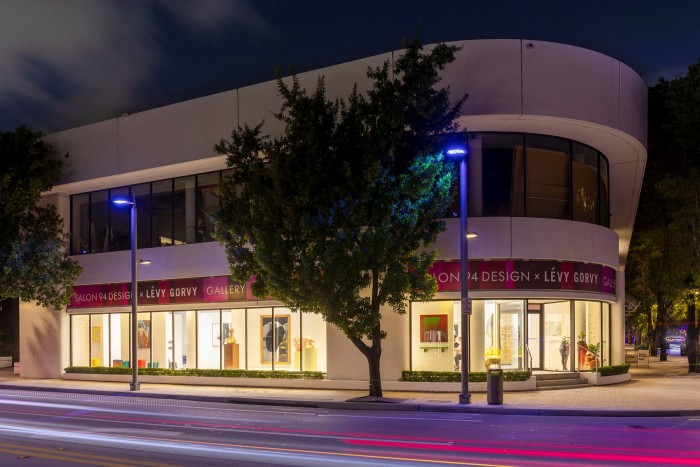
“I’m doubtful fairs will launch as early as next May but am more hopeful that Art Basel will happen in Switzerland [in June]. But it’s still so tentative. We’ll review every possibility and do them according to safety. I don’t ever want to do a mediocre fair and if there are suddenly five fairs in three months, we absolutely won’t do that,” Lévy says. “But for now if the Miami gallery [with Salon 94 Design] sparks some conversation and positive energy, then it’s worth every second.”
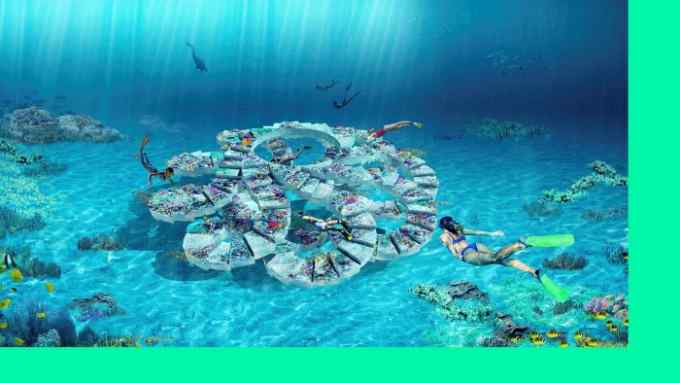
Comments